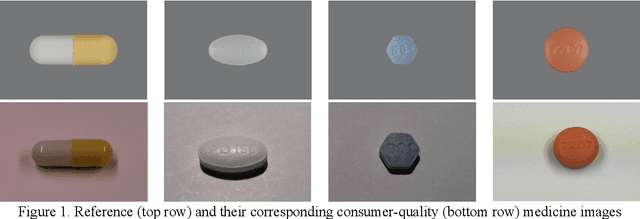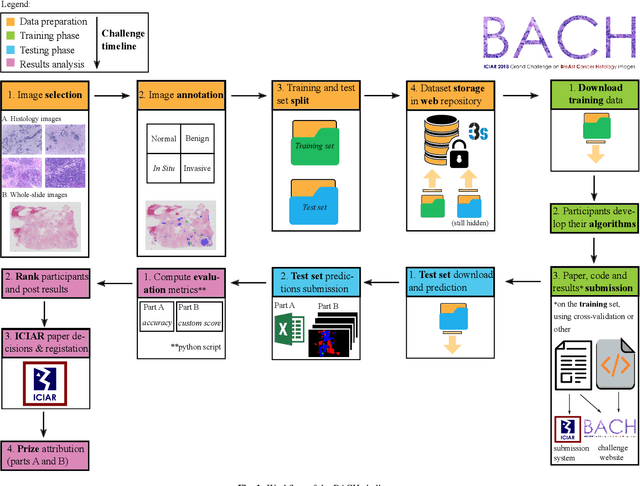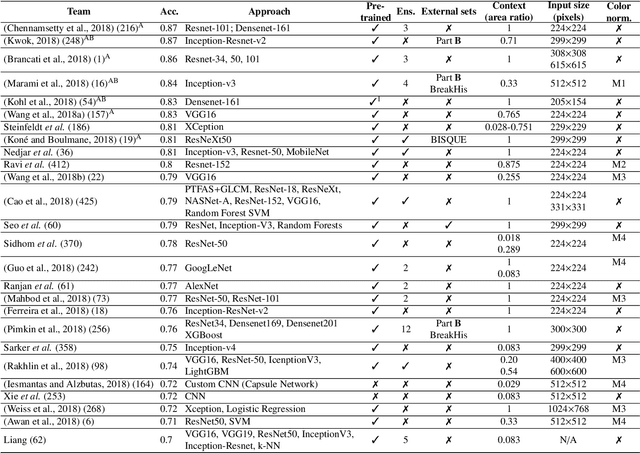Bahram Marami
Automatic Detection and Classification of Waste Consumer Medications for Proper Management and Disposal
Jul 27, 2020



Abstract:Every year, millions of pounds of medicines remain unused in the U.S. and are subject to an in-home disposal, i.e., kept in medicine cabinets, flushed in toilet or thrown in regular trash. In-home disposal, however, can negatively impact the environment and public health. The drug take-back programs (drug take-backs) sponsored by the Drug Enforcement Administration (DEA) and its state and industry partners collect unused consumer medications and provide the best alternative to in-home disposal of medicines. However, the drug take-backs are expensive to operate and not widely available. In this paper, we show that artificial intelligence (AI) can be applied to drug take-backs to render them operationally more efficient. Since identification of any waste is crucial to a proper disposal, we showed that it is possible to accurately identify loose consumer medications solely based on the physical features and visual appearance. We have developed an automatic technique that uses deep neural networks and computer vision to identify and segregate solid medicines. We applied the technique to images of about one thousand loose pills and succeeded in correctly identifying the pills with an accuracy of 0.912 and top-5 accuracy of 0.984. We also showed that hazardous pills could be distinguished from non-hazardous pills within the dataset with an accuracy of 0.984. We believe that the power of artificial intelligence could be harnessed in products that would facilitate the operation of the drug take-backs more efficiently and help them become widely available throughout the country.
BACH: Grand Challenge on Breast Cancer Histology Images
Aug 13, 2018



Abstract:Breast cancer is the most common invasive cancer in women, affecting more than 10% of women worldwide. Microscopic analysis of a biopsy remains one of the most important methods to diagnose the type of breast cancer. This requires specialized analysis by pathologists, in a task that i) is highly time- and cost-consuming and ii) often leads to nonconsensual results. The relevance and potential of automatic classification algorithms using hematoxylin-eosin stained histopathological images has already been demonstrated, but the reported results are still sub-optimal for clinical use. With the goal of advancing the state-of-the-art in automatic classification, the Grand Challenge on BreAst Cancer Histology images (BACH) was organized in conjunction with the 15th International Conference on Image Analysis and Recognition (ICIAR 2018). A large annotated dataset, composed of both microscopy and whole-slide images, was specifically compiled and made publicly available for the BACH challenge. Following a positive response from the scientific community, a total of 64 submissions, out of 677 registrations, effectively entered the competition. From the submitted algorithms it was possible to push forward the state-of-the-art in terms of accuracy (87%) in automatic classification of breast cancer with histopathological images. Convolutional neuronal networks were the most successful methodology in the BACH challenge. Detailed analysis of the collective results allowed the identification of remaining challenges in the field and recommendations for future developments. The BACH dataset remains publically available as to promote further improvements to the field of automatic classification in digital pathology.
 Add to Chrome
Add to Chrome Add to Firefox
Add to Firefox Add to Edge
Add to Edge